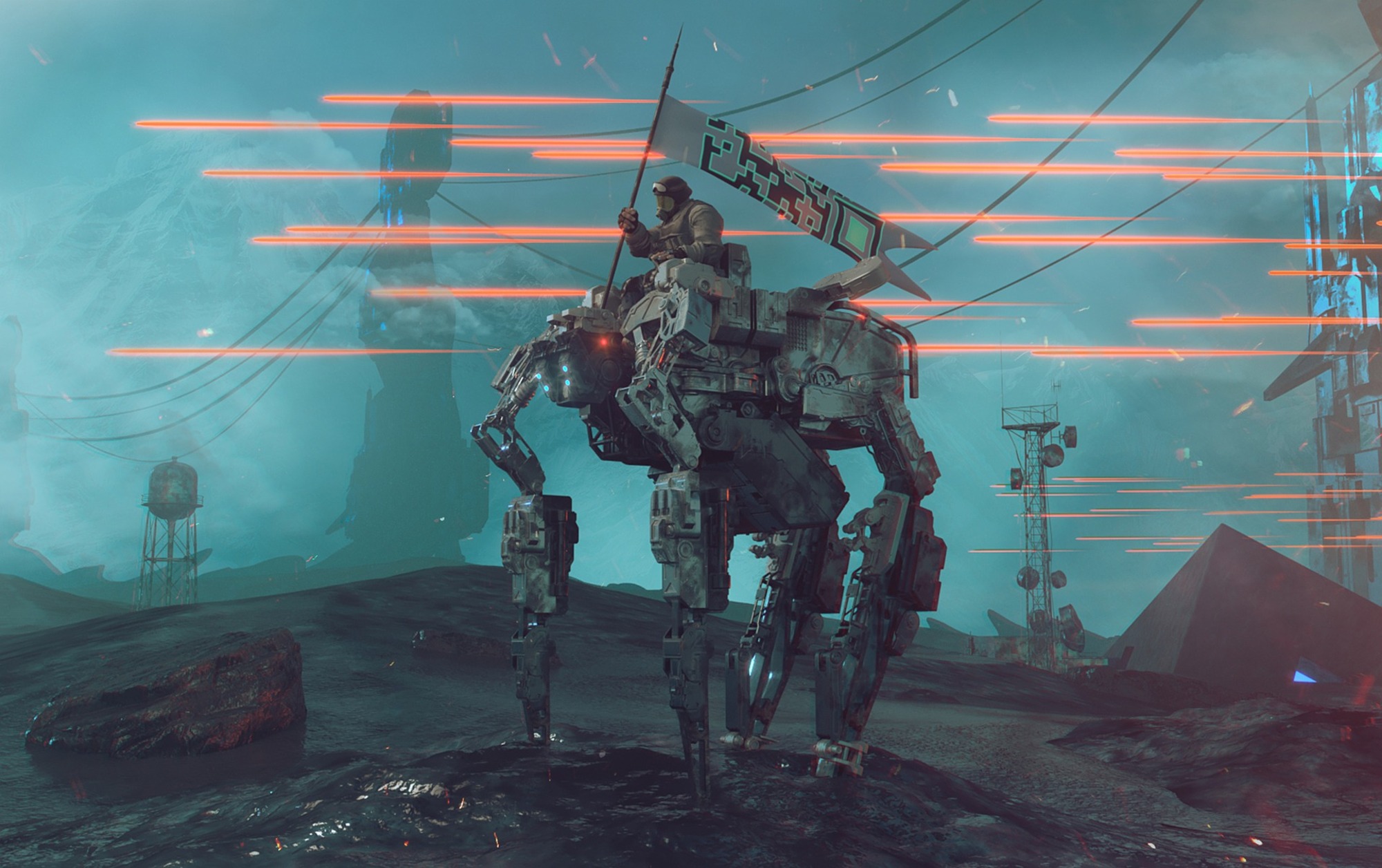What is Compositing?
This process involves combining render passes from the production stage, blending them together, and incorporating additional elements or adjustment layers. The goal is to achieve a cohesive composition and bring the final look of the animation together. Compositing can range from simple layering to complex adjustments of properties such as depth of field and color. It is a stage where the finishing touches are applied, and 2D visual effects can be integrated if needed.
Compositing in 3D Animation
Compositing in 3D animation draws its origins from photography, where multiple images are combined to create a single, cohesive composition. In the context of 3D animation, compositing involves merging two or more render passes or adding layers to produce a single image or a series of images with predefined properties. This process enables the creation of the illusion that various visual elements belong to the same scene. Compositing in 3D animation encompasses tasks such as special effects, stage extension, environment creation, and blue/green screen replacement.
Types of Compositing
The most common types of compositing are fiber-reinforced composites and particulate-reinforced composites. These types cover a broad range of material combinations on different surfaces. However, it’s important to note that these terms usually refer to composite materials in the field of materials science and engineering. In the context of 3D animation, compositing generally involves combining visual elements digitally.
Why Use Compositing in 3D Animation Production?
Compositing plays a crucial role in streamlining the animation production process, saving both time and resources. During the rendering process, which involves converting 3D data into 2D images or frames, the computer performs extensive calculations. Rendering can be time-consuming, even with powerful hardware and software. To mitigate this, the rendering of a 3D scene often occurs in separate layers or render passes. This allows for greater control over different aspects of the scene.
Compositing becomes particularly valuable as it enables adjustments to be made without re-rendering the entire scene. For example, if changes are needed in a specific part of a scene, only that part needs to be replaced, sparing the need to re-render the entire sequence. This efficiency is crucial in a production environment where time and resources are valuable.
Compositing in Animation Workflow
In 3D animation, compositing plays a pivotal role in the post-production stage. Unlike rendering the entire project in 3D, where changes in the final scene would necessitate re-rendering the entire project, compositing allows for flexibility and efficiency. The final rendering is typically done after the compositing stage. In this process, 3D assets are rendered separately, eliminating the need to re-render the entire clip in case of changes. Compositing involves combining these rendered elements, making adjustments, and adding layers to create a cohesive final composition.
Role of a Compositing Artist in a 3D Animation Studio
The compositing department in a 3D animation studio is tasked with integrating all the 3D elements from various departments in the animation production pipeline. This includes rendered computer animation, 3D visual effects, graphics, 2D animation, live-action footage, static backgrounds, and more. The primary responsibility of a compositing artist is to bring the quality of shots to the desired level and maintain consistency throughout the project. This involves integrating 3D scenes, managing technical and artistic aspects, and enhancing visual elements such as colors, lighting, motion blur, and 2D effects. Effective communication and collaboration with other departments are crucial for a compositing artist to succeed in an animation studio.
Industries Where Compositors Work
Compositors predominantly work in the field of post-production animation. They operate at the end of the production process, receiving materials from various sources, including rendered computer animation, special effects, graphics, 2D animation, live-action footage, and static background plates. While the primary focus is on post-production animation, some compositors may also work in the photography industry.
Difference Between 3D and 2D Compositing
The choice between 3D and 2D compositing depends on the project’s scale and requirements. While 3D compositing utilizes modern technology and is suitable for larger projects, 2D compositing is faster and more appropriate for smaller-scale projects. The preference between the two depends on the specific needs and goals of the project.
Final Thoughts
Compositing is a crucial stage in 3D animation post-production, where the final touches are applied to achieve a polished and professional look. It allows for flexibility in making adjustments without the need for extensive re-rendering, saving both time and resources. Compositors play a vital role in integrating diverse 3D elements and ensuring the visual cohesiveness of the final composition. Effective communication and collaboration are key components of a compositing artist’s role in a 3D animation studio.


